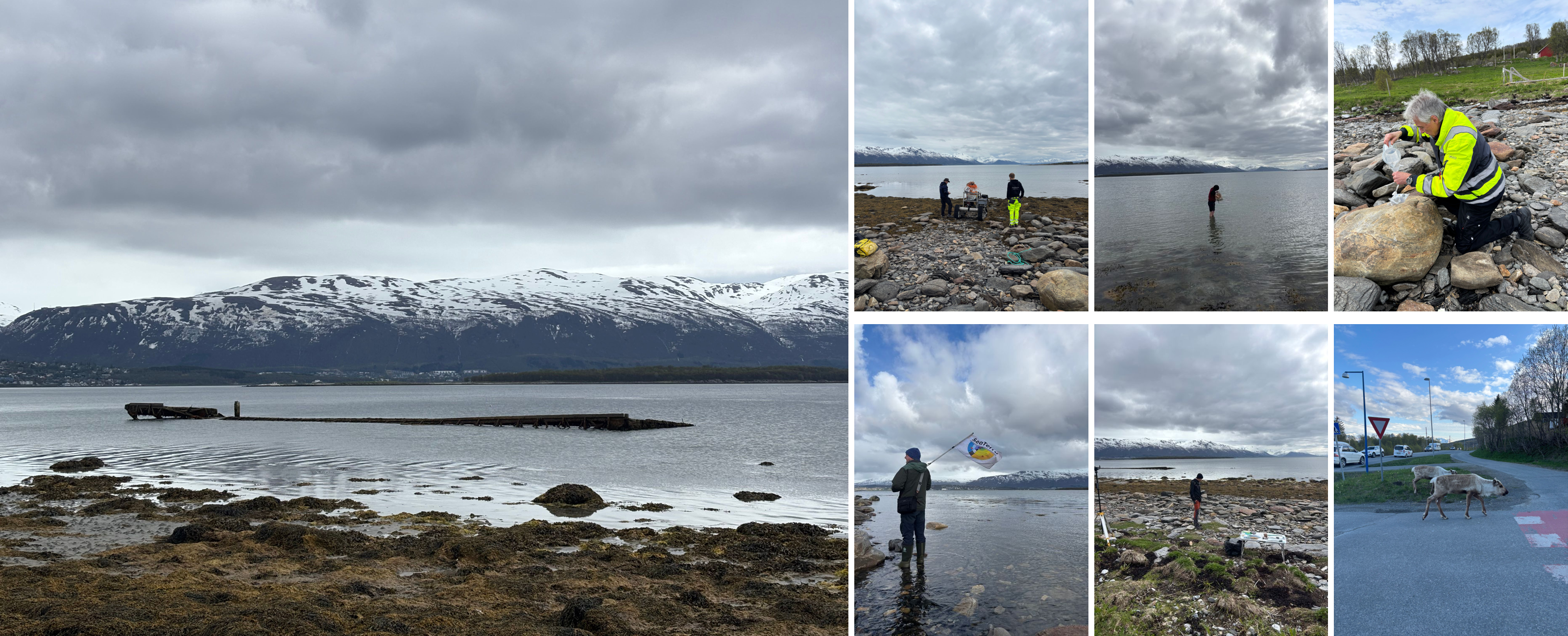As part of our field activities in Northern Norway, the REMARCO team, together with project partners, conducted a targeted sampling campaign at the salvage site of the German battleship Tirpitz near Tromsø at the end of May and beginning of June 2025.
The Tirpitz, sister ship to the Bismarck, was the largest battleship ever built by Germany. It was stationed in the Norwegian fjords during World War II to threaten Allied convoys and was eventually sunk by British bombers in 1944 near Håkøya island. Today, remnants of the ship remain submerged — a stark reminder of the war and a potential source of marine pollution.
In preparation for the REMARCO project meeting in Tromsø, researchers conducted sampling of water, sediment, and benthic fauna at the salvage site. The campaign was carried out in close cooperation with SeaTerra, who deployed a crawler system, and with divers from VLIZ, enabling near-wreck sampling under challenging conditions.
The goal: to gain deeper insight into the chemical and ecological footprint of the wreck and the munitions it may still contain. As such sites age, corrosion can release hazardous substances into the marine environment, which can accumulate in the food web or alter benthic ecosystems.
Local residents also showed great interest in the work, and several spontaneous conversations took place along the shore and in the harbor, underlining the relevance of the topic beyond science. In addition, both German (Reschke Fernsehen) and Norwegian film crews accompanied the team to document the mission – with a public TV broadcast expected later this summer.
By combining historical context with modern research, the REMARCO team contributes to a better understanding of how the legacy of war continues to shape our oceans today – and how science can inform future decisions around monitoring and potential remediation.
Cover: © Sven van Haelst, VLIZ 2025. All rights reserved

© Romina Schuster, AWI 2025. All rights reserved.
